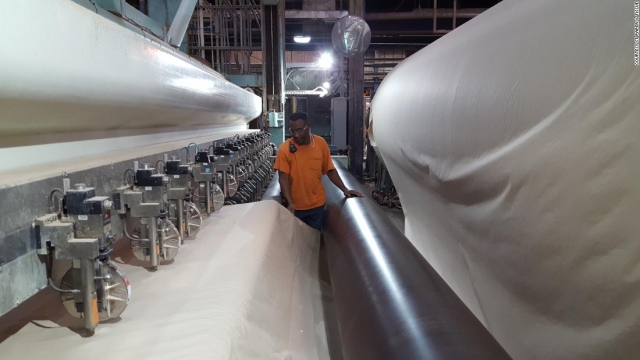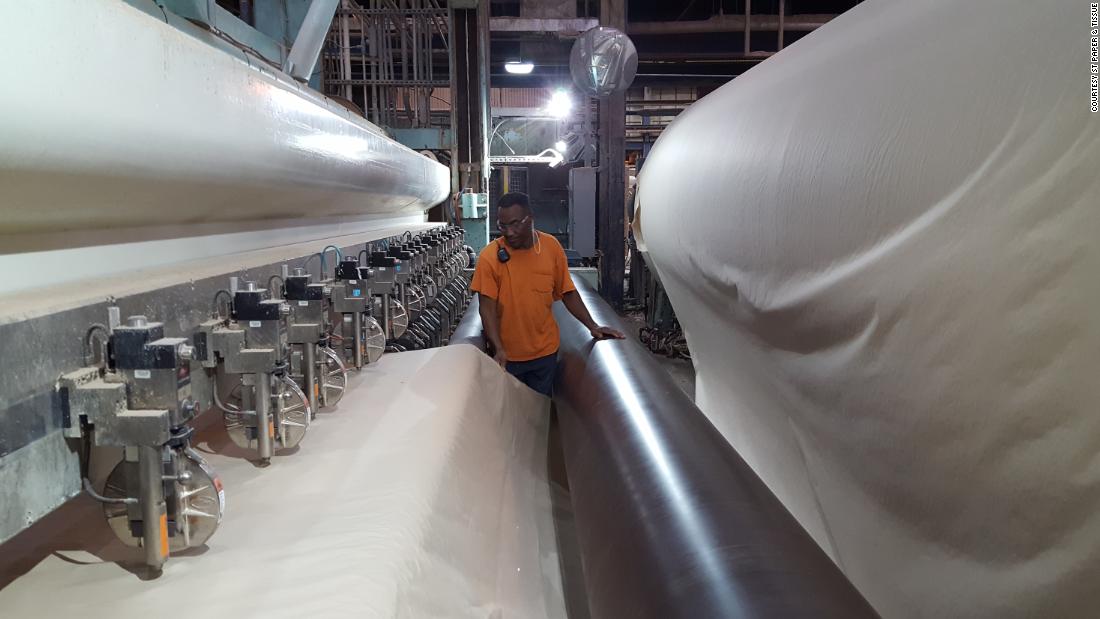
From Pulp to Profits: Exploring the Art of Paper Manufacturing
Paper is an intrinsic part of our daily lives, serving as a medium for communication, expression, and creativity. From the crisp pages of a novel to the humble toilet roll, paper plays a vital role in our society. But have you ever wondered how this versatile material is produced? In this article, we will take a deep dive into the fascinating world of paper manufacturing, providing you with a comprehensive guide to understanding the processes and techniques involved.
The art of paper manufacturing dates back centuries, with the earliest known instance believed to have originated in ancient China during the Han Dynasty. Fast forward to the present day, and paper remains a ubiquitous presence in our lives, a testament to its enduring popularity and practicality. However, the journey from simple materials to the finished product we use daily is a complex one, requiring the harmonious blend of science, technology, and craftsmanship.
Whether you’re interested in starting your own paper manufacturing business or simply curious about the inner workings of this industry, this guide aims to equip you with the knowledge necessary to comprehend and appreciate the intricate procedures involved. From the sourcing of raw materials to the mechanical processes that transform them, we will explore every step in the paper manufacturing journey, shedding light on the importance of quality control, environmental sustainability, and innovation.
So, join us on an exploratory venture into the world of paper manufacturing. Prepare to be captivated by the enchanting tale of how humble pulp is transformed into valuable paper products that find their way into homes, offices, and establishments around the globe. Let us delve into the intricacies of toilet paper manufacturing, unraveling the secrets behind the product that has become a symbol of comfort and convenience. Are you ready to unravel the mysteries and uncover the secrets of the paper industry? Let the journey begin!
1. The Process of Paper Manufacturing
Paper manufacturing is a fascinating and intricate process that involves various stages to transform raw materials into the final paper products that we use every day. The journey starts with the humble pulp, which is the primary ingredient in the production of paper.
Preparation of Pulp: The first step in paper manufacturing is preparing the pulp, which is the base material for making paper. Pulp can be derived from various sources, such as wood, recycled paper, or even agricultural fibers. The chosen raw material goes through processes like pulping, where it is mixed with water and chemicals to break it down into individual fibers. This mixture is then cleaned and refined to remove impurities.
Paper Formation: Once the pulp is ready, it is time for paper formation. The refined pulp is diluted with water to create a homogenous suspension, known as a paper stock. This paper stock is then poured onto a moving wire mesh, which helps in the formation of a continuous paper web. The water from the suspension is drained away through the mesh, allowing the fibers to bond together and form the paper.
Drying and Finishing: After the paper web is formed, it goes through a series of drying and finishing processes. The paper web passes through heated cylinders or drying sections, where the remaining water is evaporated, leaving behind a dry sheet of paper. Once dried, the paper may undergo additional treatments like sizing to improve its strength and surface properties. It may also be coated or calendered to achieve specific characteristics such as smoothness or glossiness.
The process of paper manufacturing is a testament to human ingenuity and the advancements in technology that have made paper one of the most essential and ubiquitous materials in our lives. From office stationery to toilet paper, understanding the journey from pulp to profits gives us a greater appreciation for the art of paper manufacturing.
2. Factors Affecting Toilet Paper Manufacturing
Toilet paper manufacturing is a complex process that involves various factors that can significantly impact the final product. Understanding these factors is crucial for ensuring efficient production and consistent quality. In this section, we will explore three key factors that play a vital role in toilet paper manufacturing.
Bulk Beverage Napkins
Raw Material Selection:
The choice of raw materials for toilet paper manufacturing is critical in determining the quality and characteristics of the final product. Different types of fibers can be used, including recycled paper, wood pulp, and bamboo. Each raw material option offers its unique advantages and considerations. Factors such as softness, strength, absorbency, and environmental impact need to be carefully considered when selecting the raw materials. Moreover, sourcing sustainable materials is becoming increasingly important to meet the growing global demand for eco-friendly products.Manufacturing Process:
The manufacturing process itself holds the key to producing high-quality toilet paper. Several factors come into play, including the type of machinery used, production speed, and the production environment. The process involves steps such as pulping, refining, drying, and winding. Each step requires precise control and monitoring to ensure consistent thickness, texture, and strength of the paper. Additionally, the process should be optimized to minimize waste and increase production efficiency.
Product Design and Innovation:
In today’s competitive market, product design and innovation are crucial factors in toilet paper manufacturing. Companies strive to develop products that not only meet consumers’ basic needs but also offer unique features and improved user experience. Innovations include various textures, patterns, and even scents. Furthermore, the packaging design and branding play a significant role in attracting consumers. Keeping up with market trends and constantly innovating are vital for manufacturers to remain competitive in the industry.
By considering these factors and continuously improving processes, toilet paper manufacturers can produce high-quality products that satisfy customer demands while also ensuring sustainability and efficiency. Understanding these factors allows manufacturers to navigate the challenges in the industry and contribute to the overall growth and evolution of paper manufacturing.
3. Maximizing Profits in Paper Manufacturing
In the competitive world of paper manufacturing, maximizing profits is key to staying ahead of the game. Here are three strategies to help paper manufacturers optimize their earnings.
Efficient Production Processes: Streamlining the production process is essential for achieving cost-effectiveness and maximizing profits. By investing in modern machinery and technology, paper manufacturers can increase production efficiency, reduce waste, and lower manufacturing costs. Automated systems for tasks such as raw material handling, pulping, and paper drying can improve overall productivity and decrease downtime, ultimately leading to increased profits.
Diversifying Product Offerings: Expanding the range of paper products can open up new markets and revenue streams. Alongside traditional paper manufacturing, companies can explore producing specialty papers, such as packaging materials, tissue papers, and even toilet paper. Understanding market demands and trends is crucial in identifying opportunities for diversification. By catering to a variety of customer needs, paper manufacturers can tap into different market segments and increase their chances of higher profit margins.
Sustainable Practices: Environmental consciousness has become increasingly important in the paper manufacturing industry. By adopting sustainable practices, manufacturers can not only improve their brand reputation but also reduce costs and improve profitability. Utilizing renewable energy sources, implementing recycling initiatives, and sourcing raw materials from responsibly managed forests are just a few ways paper manufacturers can demonstrate their commitment to sustainability. This can attract environmentally conscious consumers and potential business partners, boosting profits in the long run.
In conclusion, maximizing profits in paper manufacturing requires a combination of efficient production processes, diversified product offerings, and sustainable practices. By adopting these strategies, paper manufacturers can ensure that their businesses thrive in a competitive market while prioritizing profitability.

